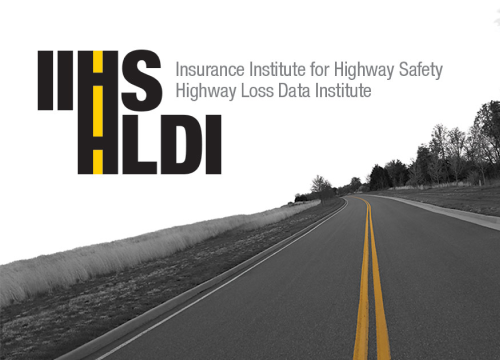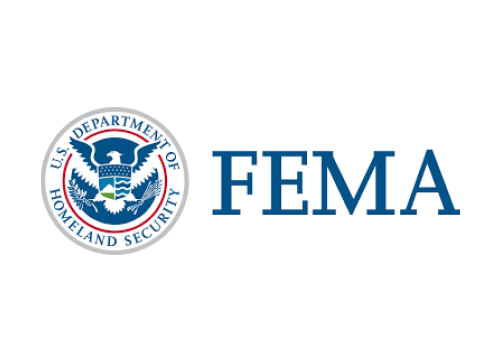Stay Safe: Deer Collision Prevention & Safety Tips

While fall brings the enchanting colors of the changing leaves and the refreshing crispness in the air, it also carries with it some hidden risks. Among these is a notable increase in deer-related accidents on the road. With over $1 billion spent annually and an average cost of $3,000 per repair, deer collisions are a stark reminder of the season’s dangers.
Be mindful of peak activity hours.
Deer are most active in the afternoon, but can be harder to spot at dawn and dusk. Extra caution is advised when driving during these hours, particularly on rural roads or in wooded areas.
Use your high beams wisely.
At night, when there’s no oncoming traffic, using your high beams can help you identify a deer’s reflective eyes from greater distances, potentially preventing an accident.
Look for more than one.
If one deer crosses your path, slow down and pay close attention to the road. Deer typically travel in groups, and there might be others nearby.
Know when not to swerve.
If a deer suddenly appears in front of you, brake firmly but aim to remain in your lane. Swerving could result in more dangerous accidents with other vehicles or obstacles.
Heed the signs.
Deer crossing signs are there for a reason. They mark locations where deer frequently cross the road. Reducing your speed in these areas grants you more time to respond in case of sudden deer movement.
Use your seat belt.
Wearing your seat belt considerably lowers the risk of severe injury in the event of a collision.
If a collision occurs, take the proper steps.
Move your vehicle to a safe spot and activate your hazard lights. Contact the police, avoid approaching the animal, and notify your insurance provider to file a report.
Deer collisions, though a serious seasonal hazard, can be significantly mitigated through cautious driving and preparedness. Stay vigilant and treat any rural or forested road as a potential risk area. If you have any questions about auto insurance coverage, particularly regarding deer-related accidents, feel free to contact our office for assistance.
The Mystery of Life Insurance Unveiled
Life insurance often conjures up more questions than answers, and you're not alone in your confusion. According to the 2024 J.D. Power study, only 29% of life insurance customers felt that their insurers made policies simple to understand. This blog aims to lift the veil on what life insurance truly is, how it functions, who might need it, and its potential importance in your life.What is Life Insurance?
At its core, life insurance is a contract. You agree to pay premiums, and in return, your loved ones receive a tax-free lump sum — known as the death benefit — when you pass away. This money can be used for a variety of needs such as paying off a mortgage, covering childcare or funeral costs, or even everyday expenses.Who Needs Life Insurance?
You might be wondering if life insurance is for you. Generally, anyone with dependents, debts, or funeral expenses to consider should think about life insurance. However, it’s not only for parents or spouses. Even individuals without dependents may benefit from coverage to ensure their financial legacy lives on.How Does Life Insurance Work?
Selecting the right life insurance involves deciding between term and permanent policies. Term life covers you for a specific period, while permanent life insurance provides lifelong coverage. Premiums are paid regularly, and upon your death, the death benefit is dispersed to your beneficiaries.Benefits During Your Lifetime
Life insurance isn’t just beneficial after death. For instance, with permanent policies, you can borrow against your policy’s cash value. Some policies include riders such as accelerated death benefits or premium waivers, or allow conversion from term to permanent without medical exams.Choosing the Right Policy
Deciding on the right policy might require some self-reflection. Consider questions like how much coverage you need, the duration, and whether you value simplicity over savings features. Remember to align your choice with your budget.The Customizable Nature of Insurance
Life insurance policies are not one-size-fits-all. They can be customized with riders that offer protection for situations like critical illness or provide premium waivers in the event of disability—tailoring the policy to fit your unique needs. It's perfectly okay not to have all the answers upfront when it comes to life insurance. These policies are far more flexible and beneficial than most people realize. If you're unsure where to begin or need help navigating your options, don't hesitate to reach out for guidance. Life insurance could be a key part of securing your future and your loved ones' financial well-being.
Highway Loss Data Institute

FEMA - Federal Emergency Management Agency


